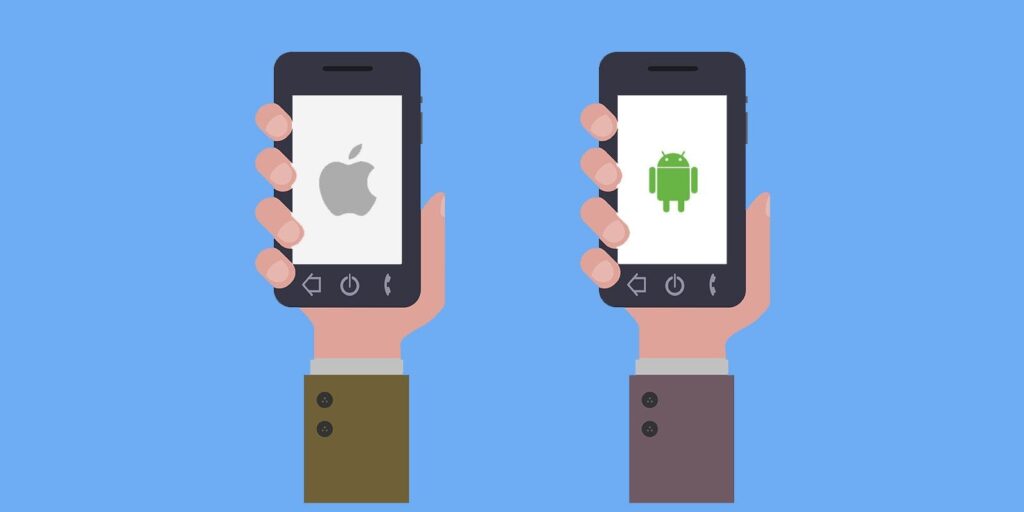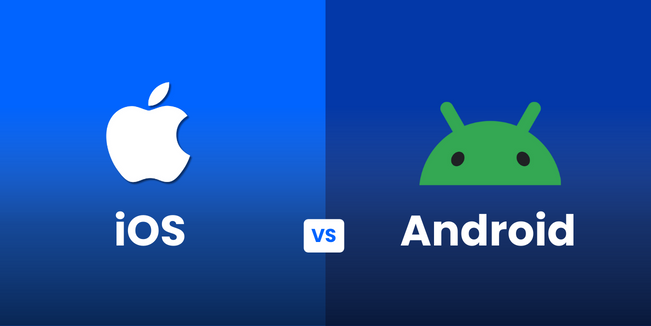The mobile gaming landscape has evolved dramatically since the early days of Snake and Tetris, with iOS and Android now hosting millions of games that rival console experiences. But for gamers eager to get their hands on the latest titles, one question remains paramount: which platform consistently delivers the best games first?
The Historical Edge: iOS Takes the Lead

Traditionally, iOS has held a significant advantage in securing mobile game debuts. This trend stems from several key factors that have shaped developer priorities for over a decade. Apple’s App Store launched in 2008 with a curated, premium-focused approach that immediately attracted high-quality developers. The platform’s early emphasis on paid apps and in-app purchases created a more lucrative environment for game developers, making iOS the natural choice for initial releases.
Major franchises like Monument Valley, Alto’s Odyssey, and Civilization VI all debuted on iOS months before arriving on Android. Even today, many indie darlings and premium titles still follow this pattern, with developers viewing iOS as the proving ground for their creations.
The Revenue Factor

The financial incentives behind platform preference cannot be overstated. Despite Android commanding a larger global market share, iOS users consistently generate more revenue per download. According to industry data, iOS users are more likely to make in-app purchases and pay for premium games upfront. This spending behavior makes iOS an attractive launchpad for developers who need to recoup development costs quickly.
For free-to-play games with aggressive monetization strategies, the higher average revenue per user on iOS often justifies the platform-first approach. Gacha games, in particular, have found iOS users more willing to engage with premium currency purchases and cosmetic upgrades.
Technical Considerations
From a development standpoint, iOS offers certain advantages that can expedite game launches. The relatively standardized hardware ecosystem means developers face fewer compatibility issues and can optimize their games for a smaller range of devices. Apple’s Metal graphics API and consistent performance across recent iPhone models allow developers to push visual boundaries with confidence.
Android’s fragmentation, while improving significantly in recent years, still presents challenges. With thousands of device configurations running different versions of Android, ensuring consistent performance requires additional testing time and resources. This complexity often delays Android releases as developers work to accommodate lower-end hardware while maintaining quality standards.
The Changing Landscape
However, the traditional iOS advantage is not as pronounced as it once was. Google has made substantial improvements to the Android ecosystem that are leveling the playing field. Google Play Games services now offer robust features for achievements, leaderboards, and cloud saves that rival Apple’s Game Center. The introduction of Android App Bundles has streamlined the distribution process, while Google Play Instant allows users to try games without full downloads.
Major publishers like Epic Games, Supercell, and King now frequently launch simultaneously across both platforms. The revenue gap between iOS and Android has also narrowed in many markets, particularly in regions where Android dominates, such as India and Southeast Asia.
Platform-Exclusive Advantages
Each platform has developed its own unique selling points for developers. Apple Arcade, launched in 2019, provides a subscription-based platform for premium, ad-free games. This service has attracted notable developers who might otherwise struggle with traditional mobile monetization models. Games like Fantasian from Final Fantasy creator Hironobu Sakaguchi found a home exclusively on Apple Arcade.
Google, meanwhile, has invested heavily in cloud gaming through Stadia (though discontinued) and partnerships with services like Xbox Cloud Gaming. Android’s integration with Google’s broader ecosystem, including YouTube Gaming and Google Assistant, offers developers unique promotional and engagement opportunities.
Geographic Variations
The iOS-first phenomenon varies significantly by region. In markets where iPhone adoption is high—such as the United States, Japan, and parts of Europe—the traditional iOS advantage remains strong. However, in Android-dominant regions like India, Brazil, and much of Southeast Asia, developers increasingly prioritize Android or launch simultaneously.
Local success stories like PUBG Mobile, which achieved massive popularity in India and other Android-heavy markets, demonstrate how regional preferences can influence development priorities. Chinese developers, operating in a market where Android variants dominate, often focus on Android optimization from the start.
The Indie Game Factor
Independent developers face different considerations than major studios. With limited resources, many indie developers still choose iOS first due to the simpler certification process and more predictable revenue streams. However, platforms like itch.io and side-loading options on Android provide alternative distribution methods that some developers find appealing.
The rise of game development engines like Unity and Unreal Engine has simplified cross-platform development, making simultaneous releases more feasible for smaller teams. This technological advancement is gradually reducing the time gap between iOS and Android releases for indie titles.
Looking Forward
The future of mobile gaming appears to be moving toward platform parity. As both ecosystems mature and development tools improve, the advantages of launching exclusively on one platform are diminishing. Major trends like cloud gaming, cross-platform play, and subscription services are pushing the industry toward a more unified approach.
The success of titles like Genshin Impact, which launched simultaneously across mobile platforms (and later expanded to PC and console), demonstrates the potential for platform-agnostic strategies. As development costs continue to rise, the financial pressure to maximize reach from day one is likely to favor simultaneous releases.
The Verdict
While iOS has historically maintained an edge in securing premium mobile games first, this advantage is steadily eroding. The choice of which platform gets better games first now depends more on the specific type of game, target market, and developer resources than on inherent platform superiority.
For premium, narrative-driven experiences and innovative indie titles, iOS often remains the preferred launch platform. For competitive multiplayer games, free-to-play titles targeting global audiences, and games designed for emerging markets, simultaneous or Android-first releases are becoming increasingly common.
Rather than asking which platform gets better games first, perhaps the more relevant question for today’s mobile gamers is: how quickly are great games making their way to both platforms? The answer, thankfully, is faster than ever before.


